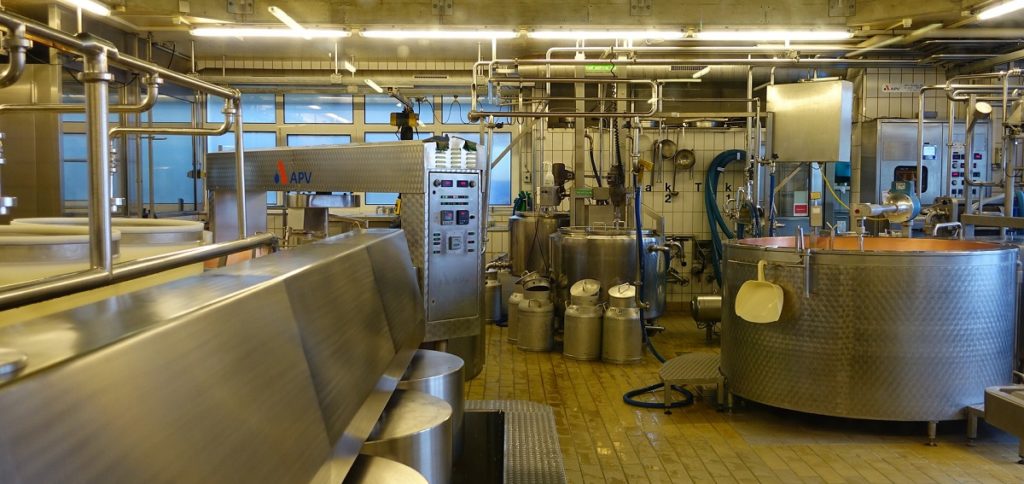The right air matters: using sterile air

Despite their sales levels showing a downward trend, yogurt and pudding products still enjoy a significant share of the German dairy products market.
Per capita consumption of fermented milk products totals nearly 30 kilograms — thereby representing a significantly high proportion of overall milk consumption, which amounts to around 116 kilograms per person. Of all industrialized countries, France is the only nation that exceeds Germany in terms of yogurt consumption, a fact that clearly illustrates the economic importance of yogurt and similar products. And sterile air plays a key role in guaranteeing product and process integrity when manufacturing yogurt.
The process hygiene challenge
Even today, the manufacture of fermented milk products still places substantial demands on process hygiene. That’s because these products are very susceptible to spoilage through mold and yeast fungi, despite their pH value of 4.6 or lower. On top of this, every bacterial culture is subject to the classic weakness of being sensitive to bacteriophages, so cultures must be grown under strictly hygienic conditions in all production facilities if freeze-dried starter concentrates are not used right away. Ensuring product integrity is therefore a top priority for all milk processors.
To ward off mold spores, yeast, and phages, milk is both heated for very long periods at very high temperatures — five minutes at 90 to 95 degrees Celsius, according to the Manual of Milk and Dairy Technology — and processing tanks are blanketed using sterile air. This is done at very moderate excess pressure, just high enough to prevent ambient air from penetrating the tank.

Requirements of sterile air
As the name indicates, sterile air must be technically sterile — that is, it must have a 99.99% degree of separation efficiency for particles greater than 0.01 micrometers, according to the US Food and Drug Administration. And, in accordance with statutory food regulations (ISO 8573-1), it has to be oil free as well. Here, filtration technology comes into play. The dried, compressed air, which is usually produced at a central compressed air station, is reduced to a pressure of about two bar and added to a sterile filtration battery. This ensures the air is sterile and particle free. The nanometer-level retention rate of bacteria, viruses, and particles ultimately guarantees product and process integrity.
Where such sterile air filters are used, sterilization generally involves saturated steam. This steam also has to comply with high purity standards, so it is cleaned using appropriate steam filter elements. Good steam quality increases the service life of the filter that’s to be sterilized and, as a result, enhances the cost efficiency of the entire process.
The very best air and steam filtration systems include filter elements that can handle numerous sterilization cycles. Manufacturer Donaldson recently reported that one of its special solutions can achieve more than 160 sterilization cycles, for example during a 20-minute sterilization in both flow directions using saturated steam at 131 degrees Celsius.
Sterile filters that have a rapid blow-drying functionality to enable a return to low differential pressure within seconds provide an optimum solution. This appreciably reduces downtimes, energy consumption, and mechanical stresses related to filter media. Taking this approach makes it possible to efficiently and, above all, safely and securely restart the process cycle followed by the sterilization cycle.
If you want to find out more about the science of air and steam filtration directly from well-known process component suppliers, come to next year’s drinktec from September 13–17, 2021, on the exhibition grounds in Munich.
Do you have innovative approaches to process hygiene that you’d like to present to an international audience? Then join us at the next drinktec.
